Perturb-Multimodal: A platform for pooled genetic screens with imaging and sequencing in intact mammalian tissue
- PMID: 40513557
- PMCID: PMC12324982
- DOI: 10.1016/j.cell.2025.05.022
Perturb-Multimodal: A platform for pooled genetic screens with imaging and sequencing in intact mammalian tissue
Abstract
Metazoan life requires the coordinated activities of thousands of genes in spatially organized cell types. Understanding the basis of tissue function requires approaches to dissect the genetic control of diverse cellular and tissue phenotypes in vivo. Here, we present Perturb-Multimodal (Perturb-Multi), a paired imaging and sequencing method to construct large-scale, multimodal genotype-phenotype maps in tissues with pooled genetic perturbations. Using imaging, we identify perturbations in individual cells while simultaneously measuring their gene expression profiles and subcellular morphology. Using single-cell sequencing, we measure full transcriptomic responses to the same perturbations. We apply Perturb-Multi to study hundreds of genetic perturbations in the mouse liver. Our data suggest the genetic regulators and mechanisms underlying the dynamic control of hepatocyte zonation, the unfolded protein response, and steatosis. Perturb-Multi accelerates discoveries of the genetic basis of complex cell and tissue physiology and provides critical training data for emerging machine learning models of cellular function.
Keywords: RCA-MERFISH; hepatocyte stress response; in vivo pooled screening; lipid droplet accumulation; liver zonation; machine learning morphology; multimodal phenotyping; multiplexed RNA imaging; multiplexed protein imaging; scRNA-seq.
Copyright © 2025 The Authors. Published by Elsevier Inc. All rights reserved.
Conflict of interest statement
Declaration of interests R.A.S., W.E.A., J.S.W., and X.Z. are inventors on a patent applied for by Harvard University and Whitehead Institute related to imaging-based screening. R.A.S. and J.S.W. are inventors on patents applied for by the Regents of the University of California and Whitehead Institute related to CRISPRi/a screening and Perturb-seq. X.Z. is an inventor on patents applied for by Harvard University related to MERFISH and imaging-based screening. J.S.W. declares outside interest in 5AM Ventures, Amgen, nChroma, DEM Biosciences, KSQ Therapeutics, Maze Therapeutics, Tenaya Therapeutics, Tessera Therapeutics, Thermo Fisher, Xaira, and TRV. X.Z. is a co-founder and consultant of Vizgen, Inc.
Figures
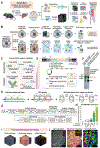
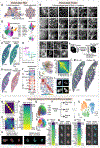
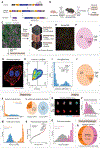
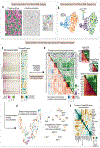
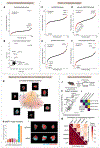

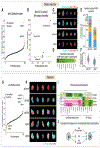
References
-
- Quake SR (2022). A decade of molecular cell atlases. Trends Genet. 38, 805–810. - PubMed
MeSH terms
Grants and funding
LinkOut - more resources
Full Text Sources
Medical
Molecular Biology Databases

